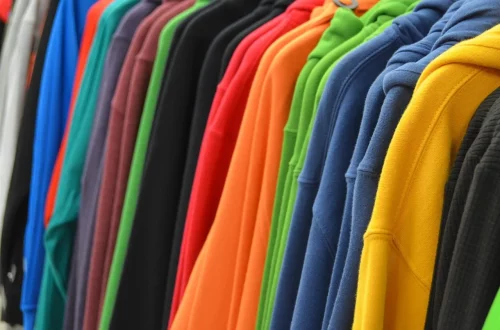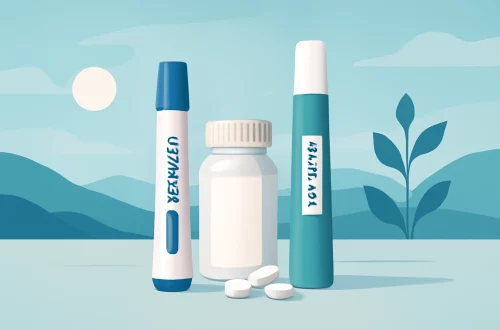
Understanding What Happens When a Dog is in Heat
Understanding What Happens When a Dog is in Heat
When it comes to the reproductive cycle of dogs, understanding the heat cycle is crucial for pet owners. This phase, known as estrus, is a natural part of a female dog’s life and signifies that she is ready to mate. The heat cycle can be both an exciting and challenging time for dog owners, given the behavioral changes and physical symptoms that accompany it.
During this period, which typically occurs twice a year, a female dog undergoes various hormonal fluctuations that can affect her mood, appetite, and overall behavior. To the untrained eye, these changes might seem perplexing, but they are essential for the dog’s reproductive health. Understanding these changes is vital for effective management and care during this period.
Additionally, knowing what to expect can help prevent unwanted pregnancies and ensure that the dog is comfortable and healthy throughout her cycle. This article will delve into the intricacies of the heat cycle, exploring the signs, duration, and management strategies that can help pet owners navigate this natural yet significant phase in their dog’s life.
The Phases of the Heat Cycle
The heat cycle in dogs consists of several distinct phases: proestrus, estrus, diestrus, and anestrus. Each phase has unique characteristics and durations, making it essential for dog owners to familiarize themselves with these stages.
The first phase, proestrus, typically lasts around 9 days but can vary from 3 to 17 days. During this time, the female dog may experience swelling of the vulva and a bloody discharge. Behaviorally, she may become more affectionate and seek out attention from her owner while simultaneously rejecting male dogs. This phase is marked by rising estrogen levels, preparing the body for potential mating.
Following proestrus is the estrus phase, which lasts about 5 to 14 days. This is the period when the female is fertile and receptive to mating. The discharge may change from bloody to a more straw-colored fluid, and the vulva remains swollen. Female dogs often exhibit a change in behavior, displaying increased interest in male dogs, and may actively seek them out. This is the critical window for breeding, and understanding this phase is vital for pet owners who do not wish to breed their dog.
Once mating has occurred or the estrus period has ended, the dog enters the diestrus phase, which lasts approximately 60 to 90 days. During this time, the dog’s body prepares for a potential pregnancy. If the dog is not pregnant, her body will gradually return to its normal hormonal state.
Finally, the anestrus phase is the resting phase of the cycle, lasting several months. During this time, the dog’s reproductive system is inactive, and she will not show any signs of heat. Understanding these phases helps pet owners monitor their dogs effectively and make informed decisions regarding breeding or spaying.
Signs That Your Dog is in Heat
Recognizing the signs that a dog is in heat is crucial for managing her behavior and health. While each dog may exhibit different signs, there are several common indicators that pet owners can look for.
One of the most noticeable signs is the swelling of the vulva, which is often accompanied by a bloody discharge. This discharge may vary in color and consistency, transitioning from bright red to a more watery, straw-colored fluid as the heat cycle progresses. Pet owners should monitor the discharge closely, as it can indicate the different phases of the heat cycle.
Behaviorally, a dog in heat may exhibit changes in her demeanor. Increased affection towards humans and a heightened interest in male dogs are common. She may also display signs of restlessness, pacing, or excessive vocalization. These changes may be attributed to hormonal fluctuations that affect her mood and behavior.
Additionally, female dogs may engage in behaviors such as marking their territory more frequently or attempting to escape to find a mate. This behavior can pose challenges for pet owners, as it can lead to unwanted pregnancies or potential conflicts with other dogs.
It is essential for dog owners to remain vigilant during this time, providing a safe and secure environment for their pet. Keeping the dog indoors during peak heat periods and supervising outdoor time can help prevent unwanted interactions with male dogs. Understanding and recognizing these signs ensures that pet owners can take appropriate measures to care for their dogs during their heat cycle.
How to Care for a Dog in Heat
Caring for a dog in heat requires special attention to her physical and emotional needs. Providing a comfortable environment and managing her interactions with other dogs are crucial steps in ensuring her well-being during this time.
First and foremost, it is essential to keep the dog indoors or in a secure, fenced area. This measure prevents unwanted encounters with male dogs and reduces the risk of accidental mating. If the dog must go outside, it’s best to use a leash and supervise her closely.
Providing extra comfort is also important. Female dogs in heat may experience discomfort or anxiety due to hormonal changes. Offering a quiet space where she can relax, along with her favorite toys, can help ease her stress. Additionally, consider using dog diapers to manage any discharge and keep your home clean. These can be particularly beneficial if your dog is prone to marking her territory.
Diet and exercise should also be adjusted during this period. While it is essential to maintain a balanced diet, some dogs may benefit from a slight reduction in food intake due to decreased activity levels. Regular but gentle exercise can help keep her mood stable and prevent excessive restlessness.
Finally, be prepared for potential behavioral changes. Increased affection or clinginess is common, and it’s vital to respond with patience and understanding. Providing ample attention and reassurance can help your dog feel secure during this time of hormonal fluctuation.
Understanding the Importance of Spaying
For many dog owners, one of the most effective ways to manage the complexities of a female dog’s heat cycle is through spaying. Spaying not only prevents unwanted pregnancies but also offers several health benefits that contribute to a dog’s overall well-being.
By spaying a female dog, pet owners can significantly reduce the risk of certain health issues, such as uterine infections and mammary tumors. These conditions can be life-threatening and are more prevalent in unspayed females. Spaying also eliminates the heat cycle altogether, thus removing the associated behavioral changes and challenges.
Moreover, spaying can contribute to a more stable temperament in some dogs. Hormonal fluctuations during the heat cycle can lead to anxiety, aggression, or hyperactivity. By spaying, owners may notice a calmer and more predictable demeanor in their pets.
While the decision to spay is personal and should be made in consultation with a veterinarian, it is an effective way to manage a female dog’s reproductive health and overall behavior. Pet owners should weigh the benefits against their particular circumstances, considering factors such as lifestyle, breed, and health history.
As a final note, it is essential to encourage responsible pet ownership and discourage unplanned litters. The importance of spaying and neutering cannot be overstated, as it plays a significant role in reducing the number of homeless animals and contributing to a healthier pet population.
This article is not a substitute for professional medical advice. If you have concerns about your dog’s health or behavior, please consult with a qualified veterinarian for guidance.




